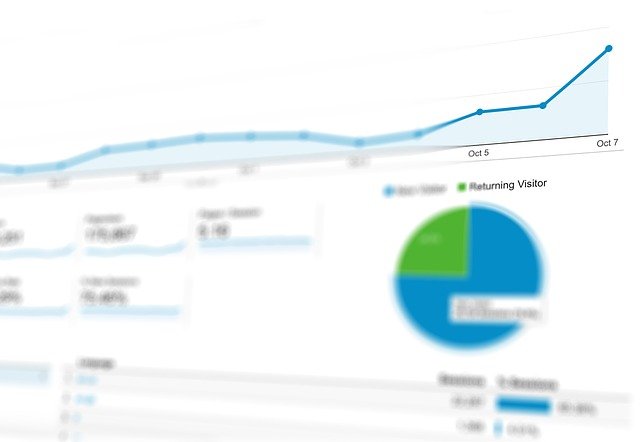The field of data analytics has come a long way in recent years. With the advent of big data and advances in computing power, organizations have increasingly been able to leverage data for insights. That can improve their business operations. This has led to the development of new tools and techniques for data analytics. As well as increase demand for professionals who are skill in this area.
Table of Contents
In this article, we will take a look at the evolution of data analytics, from its early beginnings to its current state.
We will also touch on some of the challenges that data analysts face today and how they are overcoming them.
Early Days:
Data analytics has its roots in business intelligence (BI), which is the process of using data to make better business decisions. BI dates back to the early days of computing when organizations first started using computers to store and analyze data.
One of the earliest examples of BI was developed by a team at General Electric in the 1950s. This system, called DYANA (Dynamic Analysis), was used to help make financial forecasting more accurate.
Over time, other companies and organizations began to develop their own BI systems. In the 1970s, the US government created a system called COSTAR (Computerized System for Tactical Analysis and Reporting) to help military commanders make better decisions on the battlefield.
In the 1980s and 1990s, BI became more widely adopted by businesses as organizations increasingly came to realize its potential. The development of new technologies, such as data warehouses and OLAP (Online Analytical Processing) tools, made it easier to store and analyze data.
The advent of big data in the early 2000s brought about a new era for data analytics. With the help of big data, organizations were able to gain insights that they never would have been able to obtain before.
This led to the development of new technologies, such as Hadoop and NoSQL databases, which are designed specifically for big data.
Today:
Data analytics has come a long way since its early days. Thanks to advances in technology, organizations are now able to leverage data like never before.
Big data is one of the most important drivers of this change. With the ability to process large amounts of data, organizations are able to obtain insights that were once impossible.
In addition to big data, there are other trends that are shaping the field of data analytics today. These include:
- The rise of artificial intelligence (AI) and machine learning. These technologies are being used to automate the process of data analysis.
- The growing popularity of cloud computing. Cloud-based platforms make it easier for organizations to store and analyze data.
- The explosion of the Internet of Things (IoT). The IoT is generating large amounts of data that can be used for analytics purposes.
As data analytics continues to evolve, we can expect to see even more changes in the way that organizations use data. With the help of new technologies, data analytics will become more powerful and easier to use.
Current Challenges:
Although data analytics has come a long way, there are still some challenges that analysts face today. These include:
- Dealing with big data. As more organizations adopt big data, the challenge for analysts is to find ways to effectively process and analyze this data.
- Making sense of complex data sets. Data sets are becoming increasingly complex, making it difficult for analysts to identify important insights.
- Lack of skilled personnel. There is a shortage of people who have the skills necessary to work in the field of data analytics. This is making it difficult for organizations to find the talent they need.
Despite these challenges, data analytics continues to grow in popularity. As organizations increasingly realize the power of data, they will continue to invest in this critical area.
Overcoming Challenges:
In order to overcome these challenges, analysts are turning to new technologies, such as big data and machine learning. With the help of these technologies, analysts are able to effectively process and analyze large amounts of data. Additionally, machine learning can be use to automatic identify patterns in data sets.
Another way that analysts are overcoming these challenges is by working together with other professionals, such as developers and business managers. By collaborats with other team members, analysts are able to get a better understanding of the data and how it can be use to improve business decisions.
Conclusion:
Data analytics has come a long way in recent years, thanks to advances in technology. However, there are still some challenges that analysts face, such as dealing with big data and making sense of complex data sets. To overcome these challenges, analysts are turning to new technologies, such as big data and machine learning. Additionally, analysts are working together with other professionals, such as developers and business managers, to get a better understanding of the data.





